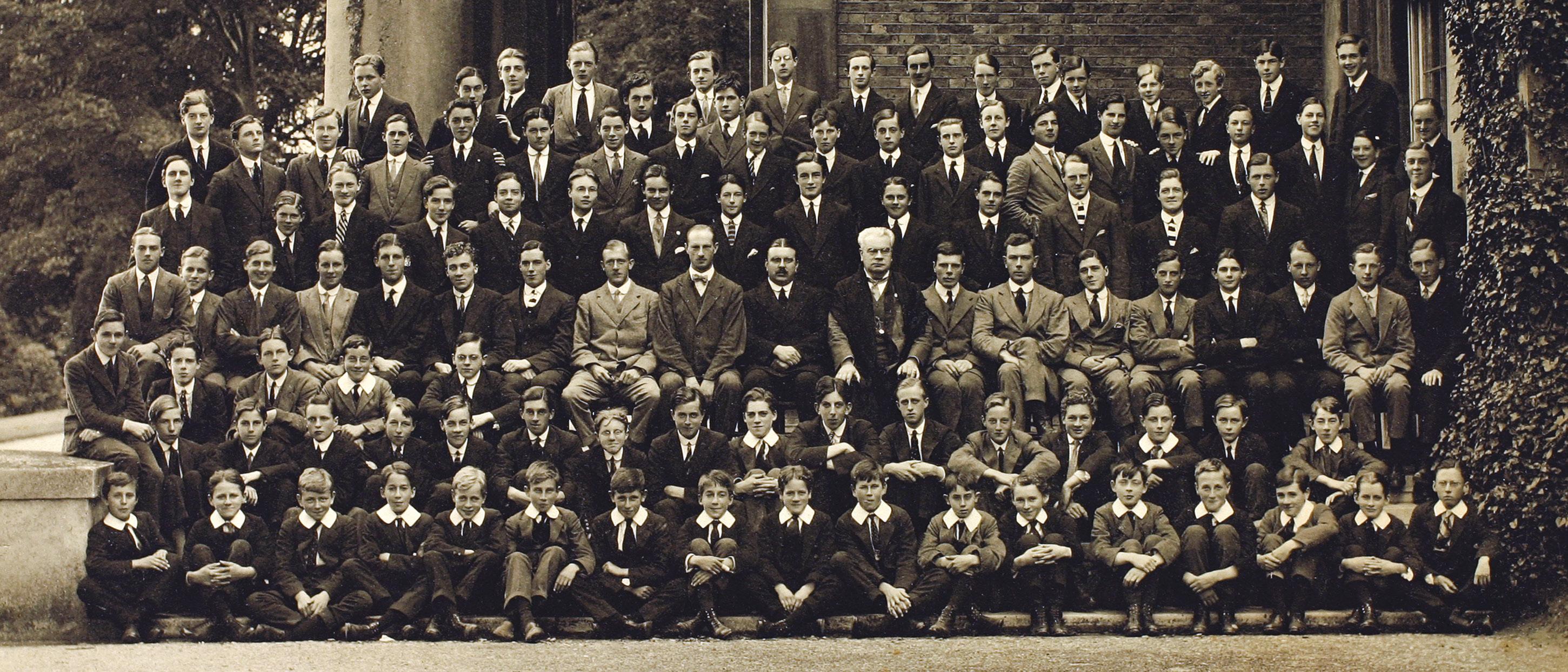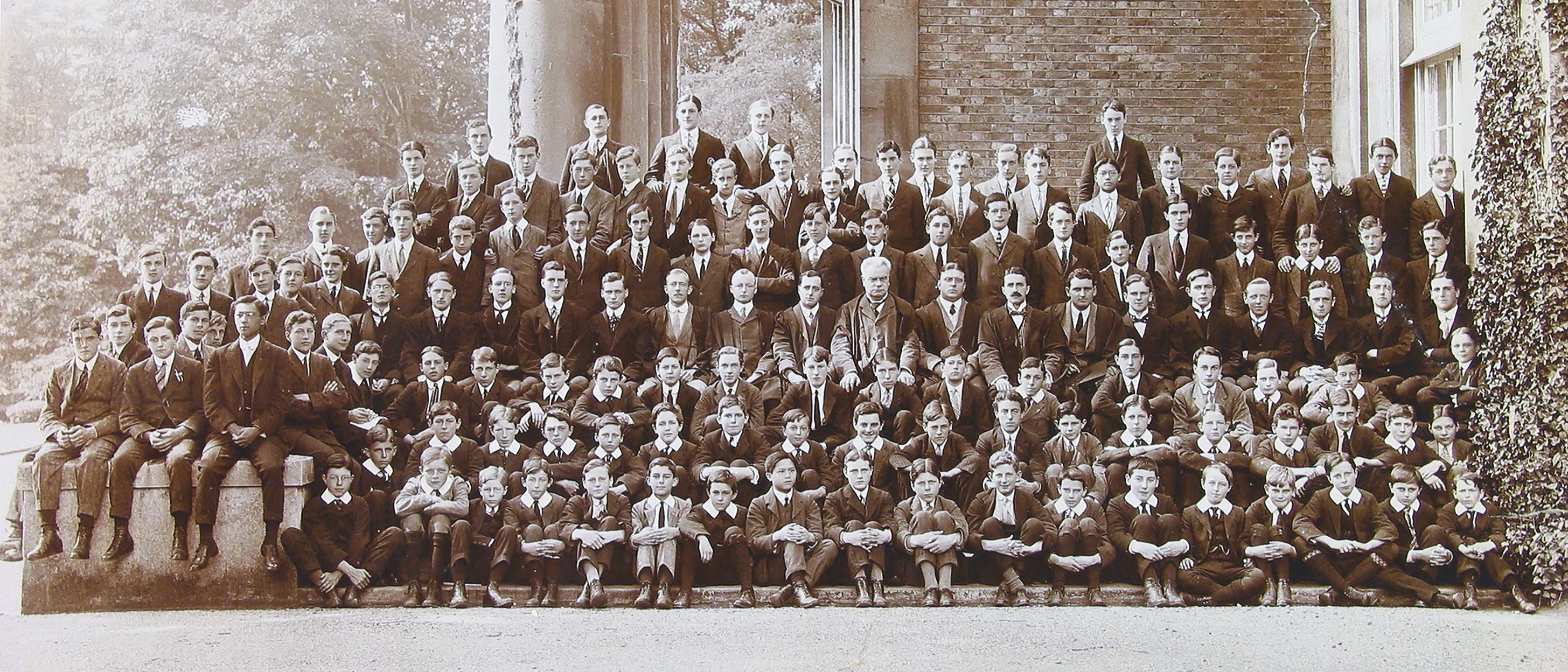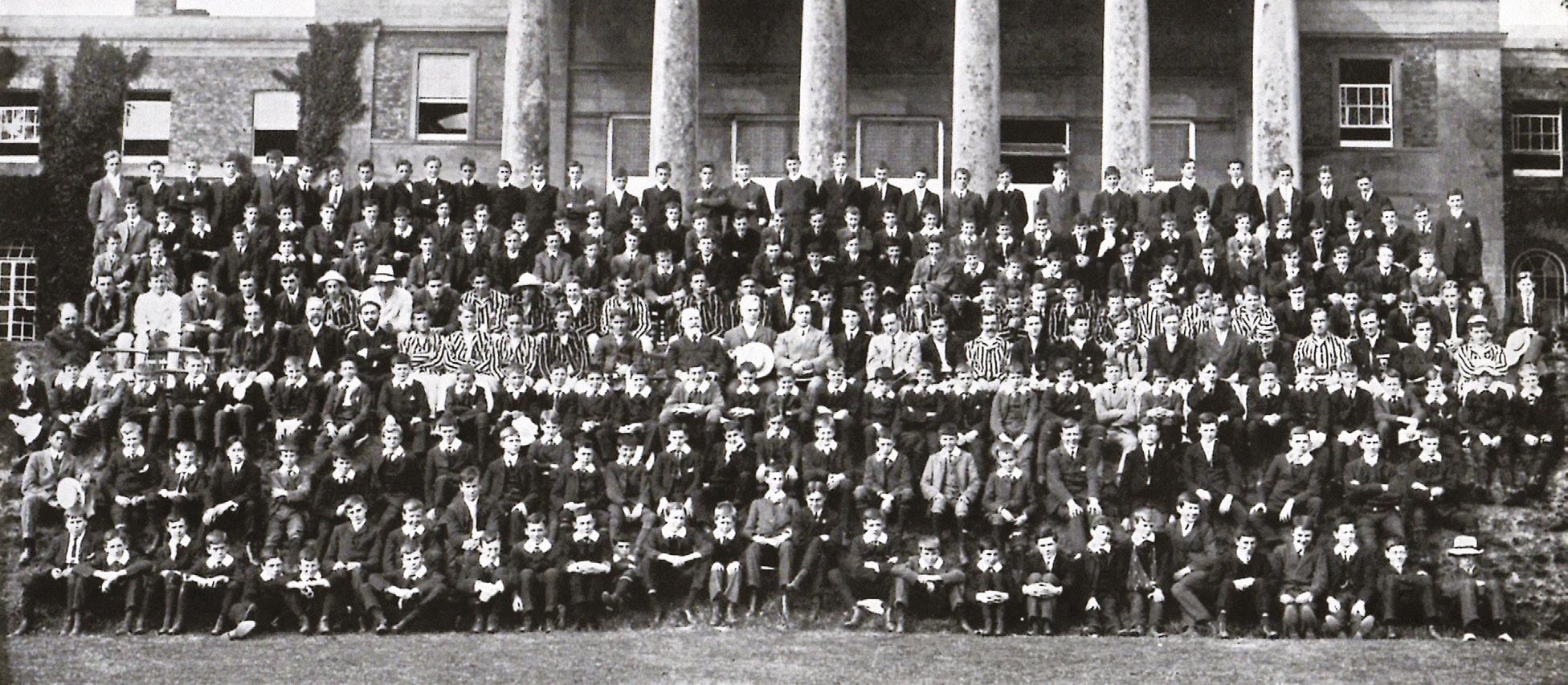
1 minute read
Sir John McClure Headmaster of Mill Hill School 1891-1922
Mill Hill was now able to hold up its head with the best. Forget Thring of Uppingham or Arnold of Rugby; this was the golden era of McClure of Mill Hill!
The more McClure extended his influence over the School, the easier the job seemed; he looked frequently for alternative challenges. He had kept on his original Cambridge and London University links for a few years in case Mill Hill did not work out; he returned frequently now as a guest lecturer. Although he insisted on continuing to teach his specialism, Mathematics, until late in his tenure, he became ever keener to develop his musical interests. At the time few schools recognised Music as an important part of the curriculum although the choral tradition had always been strong in public schools. McClure made music a key feature of boys’ education and contributed by example. As well as encouraging regular Chapel music, he conducted ‘The Messiah’ every Christmas – the Mill Hill Magazine dutifully reported that the Headmaster’s conducting was ‘perfect’. He also contributed by playing the double bass and became an enthusiastic composer. His style was more akin to that of Sir Arthur Sullivan (of Gilbert & Sullivan fame) than to such late-19th century choral composers as Elgar, Parry or Stanford. He encouraged boys to play in a newly-formed School orchestra for which he wrote a number of pieces, starting in 1896 with a humorous overture ‘The Coster’s Saturday Night’. This was just the beginning. Twelve years later he was awarded an extra-mural Music Doctorate from Trinity College, London.
Advertisement
As the running of the School became more familiar, he devoted increasing amounts of time to outside interests. Prime among these was his work for Congregationalism. He was regularly invited to preach, became President of the Congregational Historical Society and eventually in 1919 Chairman of the Congregational Union. He also established what has since become the United Reformed Church in Mill Hill Broadway. His rising reputation as an educationalist brought him to top positions in national organisations, including the Headmasters’ Association and the Headmasters’ Conference. From the beginning he struck up a close rapport with the Old Millhillians. His speeches at the Annual Dinner were much anticipated and never failed to impress and inspire. He also had a family: a wife and three children. Of his intellectual ability to contribute at a parochial and national level there is no doubt. But where did he find the time and energy? His was indeed a life of peerless dedication to the service of others. Small wonder that in 1913 he was awarded a knighthood in recognition of his services to education. Henceforth he was Sir John.
Mill Hill School Pupil Population 1891 – 1922



